Stages of Growing Asparagus
Asparagus is a delicious and nutritious vegetable that can thrive for over a decade in home gardens with proper care. While growing asparagus requires more patience compared to quick-yielding annual crops, the perennial nature of this vegetable makes it a long-term investment. Once established, an asparagus planting can keep providing fresh spears year after year for up to 15 years. I have explored the stages of growing asparagus.
The key to success lies in understanding the different growth stages of asparagus over its lifetime and tending to the plant accordingly. With a little planning and attention, even novice gardeners can master the art of cultivating plump, tender asparagus spears in their backyard. I have covered everything you need to know, from ideal conditions and soil preparation to the yearly cycle of asparagus growth. Read on for tips and insights into each critical stage.
Conditions for Growing Asparagus
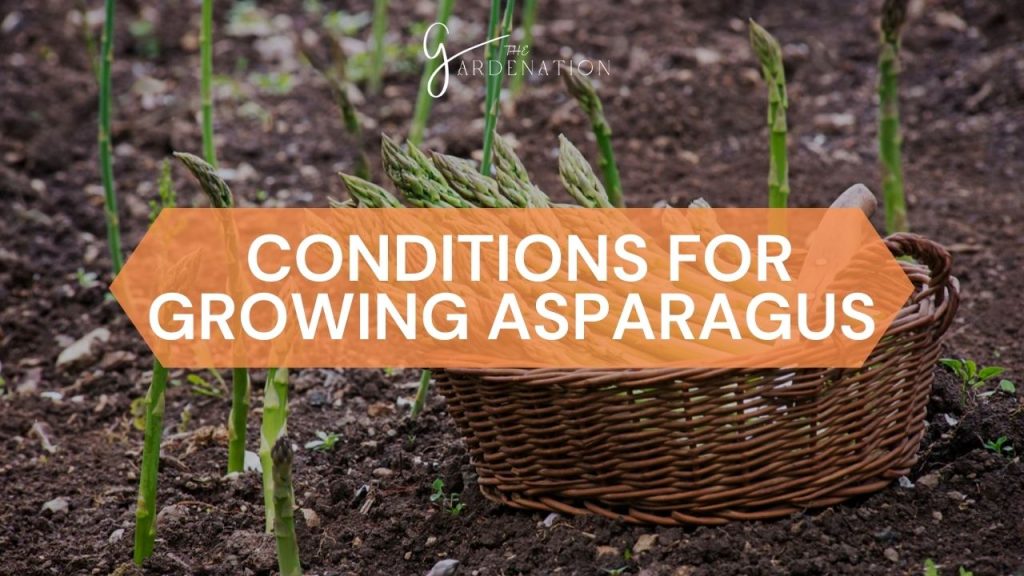
Asparagus thrives in areas with cool springs and moderate summers, tolerating temperatures between 55-85°F. It can grow well in USDA Hardiness Zones 4-8. The plant favors loose, well-drained soils with a neutral pH around 6.5-7.0. Asparagus needs at least 6-8 hours of full sun daily for robust growth.
When planning my garden, I picked a permanent spot for asparagus since the crown and root system can expand over 5-7 feet across and go 6 feet deep once established. The bed should be weed-free with nutrient-rich soil amended with compost or manure before planting. I leave ample space between asparagus and other crops.
Popular asparagus varieties like Jersey Giant, Purple Passion and Mary Washington are all-male hybrids that yield better than older open-pollinated types. I purchase one-year old crowns or dormant roots from reputable nurseries and soak them in compost tea before planting.
Growth Stages of Asparagus
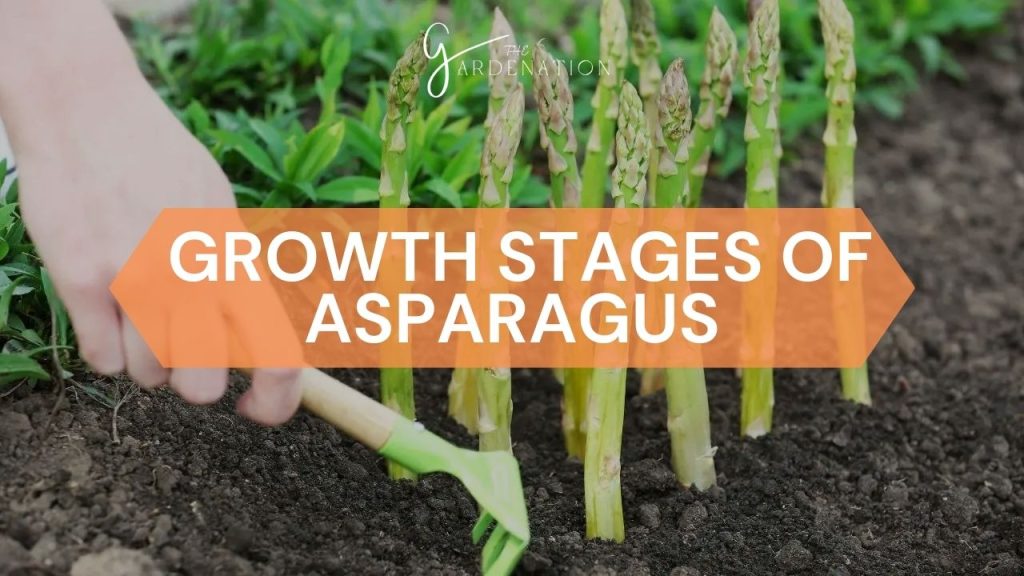
Asparagus is a herbaceous perennial that emerges each spring from underground root structures called crowns. The crown is a compact stem base that stores carbohydrates and proteins to fuel new growth annually. Spears shoot out from buds on the crown every year, later ferning out into feathery foliage that supplies energy back to the crown.
The key stages in the asparagus life cycle are:
1. Seed germination
2. Crown formation
3. Spear emergence
4. Ferning out into ferny foliage
5. Flowering, pollination and berry development
Understanding these phases helps provide asparagus plants with the right care at each point for optimal health and productivity over years.
For more information about Gardening you can visit: 15 Zone 6 Fruit Trees
Seed Germination
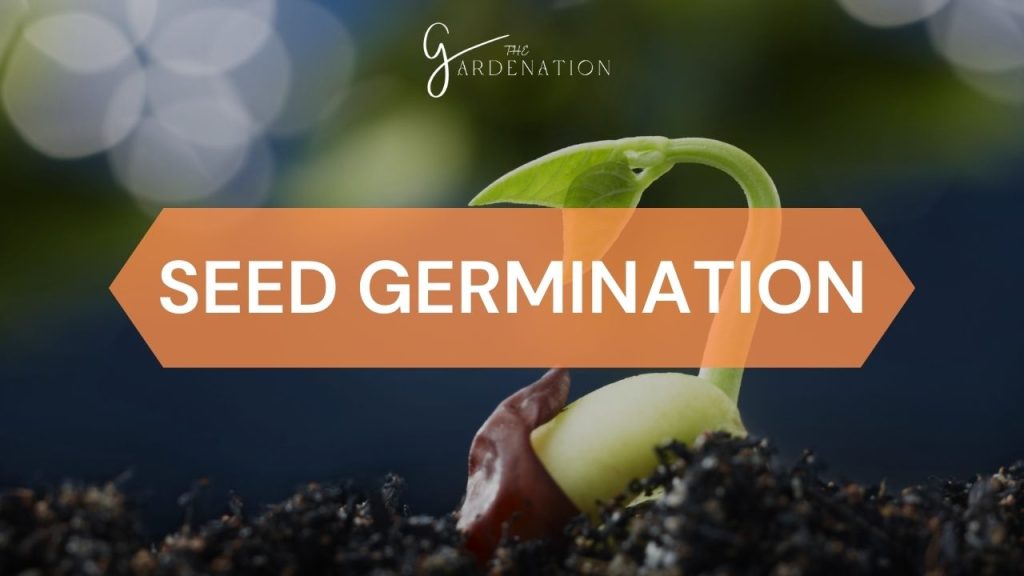
Growing asparagus from seed is economical but requires patience as plants are slow to establish. I soak seeds overnight to trigger germination, then plant 1 inch deep and 1 inch apart in a sunny spot, 5-6 weeks before the last expected frost. I cover with plastic for warmth.
Seedlings emerge in 2-3 weeks when soil temperatures reach 65°F. I thin them to 4 inches apart when they develop 2-3 sets of leaves. I fertilize lightly with compost tea every 3-4 weeks. By fall, seedlings will be 6-12 inches tall and ready to transplant outdoors permanently the next spring after hardening off. I mulch well for winter.
Crown Formation
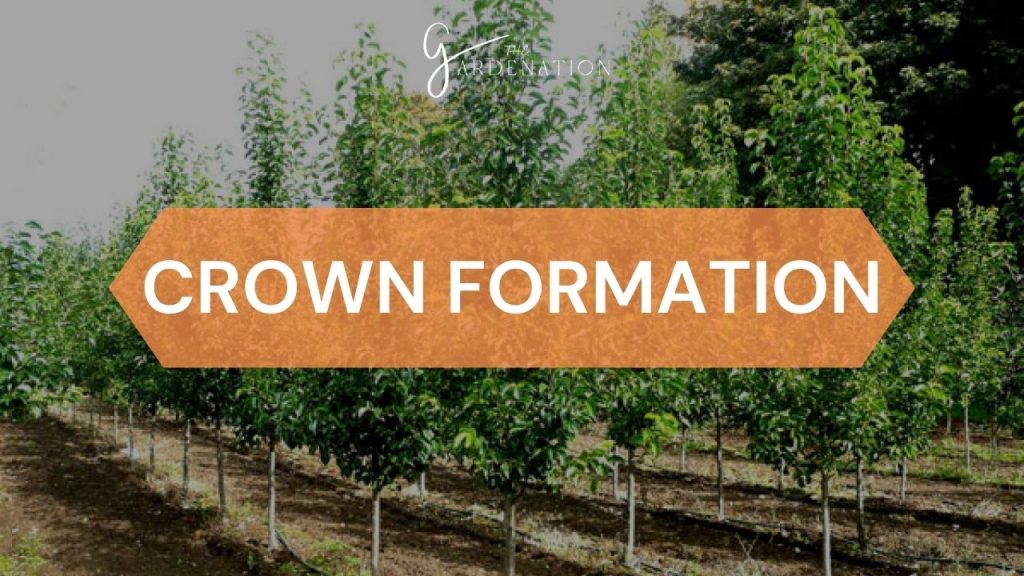
The crown continues expanding as plants mature over 2-3 years before spear harvest can begin. I allow ferns to develop fully after spear harvest ends, leaving them intact until they yellow in fall. Continual foliage growth fuels the crown for next year’s spear production.
I build loose, fertile soil 1-2 feet deep to accommodate the spreading root system. I mix in 2-3 inches of finished compost before planting crowns 4-6 inches deep, 12-18 inches apart in rows spaced 3-4 feet apart. I control weeds and irrigate regularly if rainfall is less than 1 inch weekly. I apply a balanced organic fertilizer or compost early each spring. I resist cutting any spears in the first two seasons no matter how tempting!
Spear Emergence
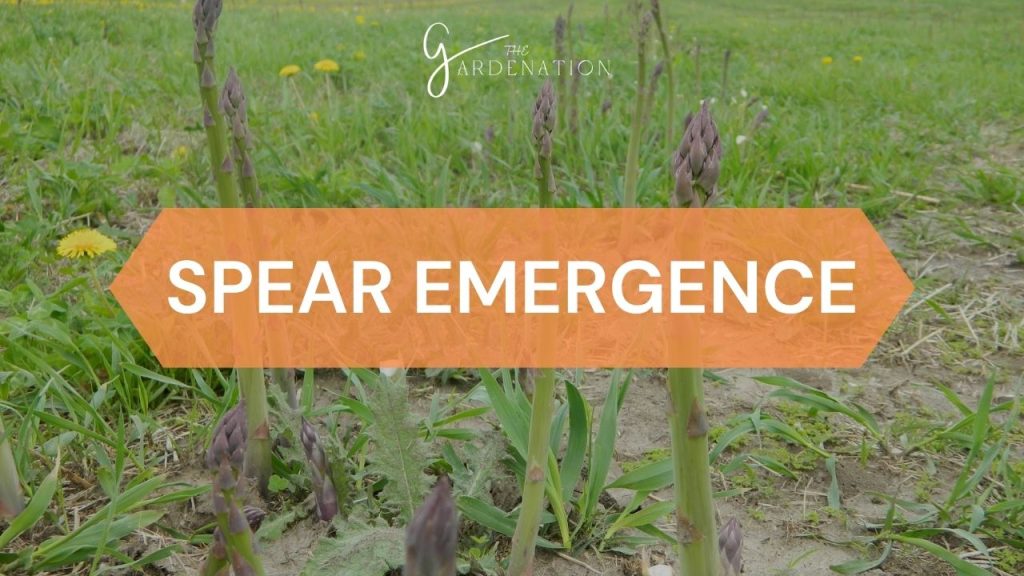
By year three, the vigorous crowns begin sending up a spear harvest. Tightly furled spears emerge in early spring, rapidly growing 3-4 inches daily to around 8-10 inches tall under ideal 50-85°F soil temperatures.
I harvest spears when they reach pencil thickness, snapping them off cleanly where the tender tip meets the firmer, woody base. Size and taste diminish with over maturity. Stems become stringy and open into ferns as the plant starts producing foliage and prepares to flower soon after spear harvest ceases.
Ferning Out

The ferny foliage arising from spear bases manufacture food for the plant through photosynthesis. Despite resembling lacy ferns, asparagus is actually more closely related to alliums like onions and garlic.
Ferning out signals the end of harvesting season, allowing plants to regenerate for the next year’s spear production. Temperature and moisture levels affect ferning, so irrigate and mulch beds to conserve soil moisture and regulate soil temperatures between 70-85°F to encourage strong fern growth through late fall.
Flowering
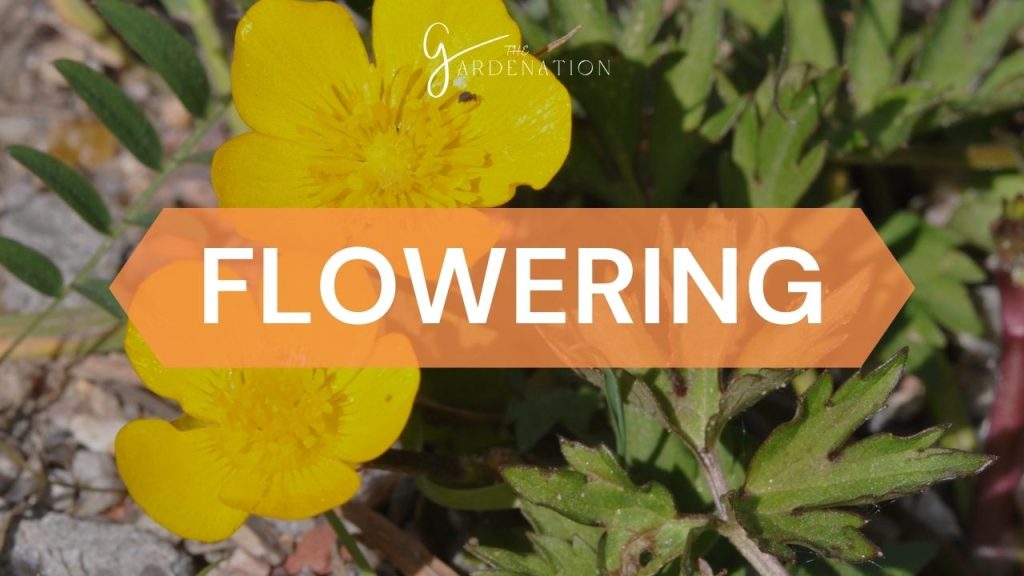
By mid-summer, both male and female asparagus plants produce small bell-shaped flowers, though male plants flower more profusely. White flowers give way to green berries that ripen to red. While birds relish the berries, they remain toxic for human consumption.
Adequate insect pollination and genetic diversity ensures viable seed development, so intersperse different male varieties throughout the bed and attract pollinators like bees with nectar-rich companion plants like basil, borage or marigolds nearby.
Harvesting Asparagus
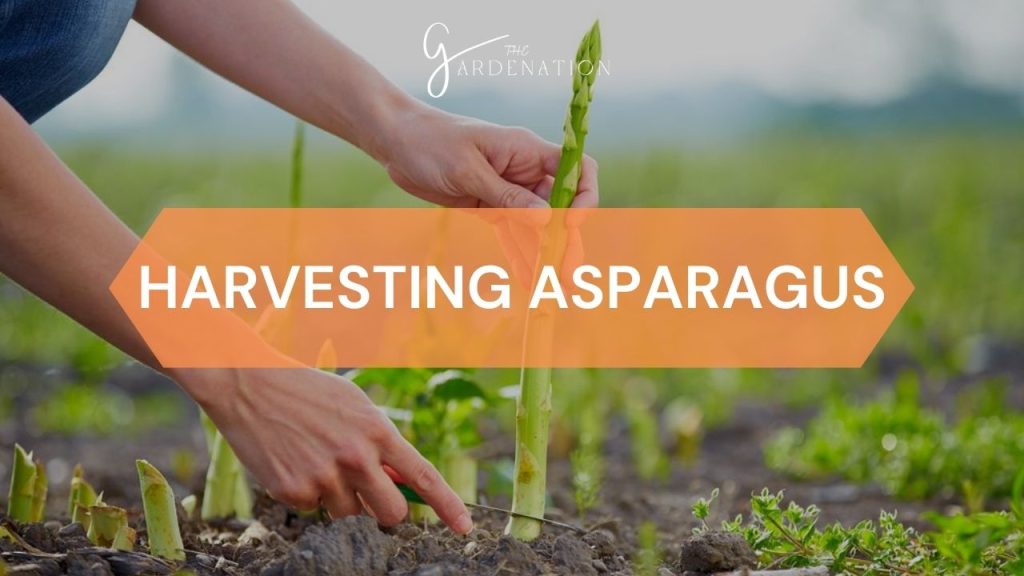
I begin harvesting annually once plants are at least three years old. I test soil temperature 6 inches deep, waiting until it holds steadily above 50°F before cutting spears. In warmer zones, harvest lasts 8-10 weeks while cooler regions yield for 4-6 weeks.
I snap spears when they reach 6 to 8 inches tall and about the thickness of a pencil, before the tips start opening into ferns. I harvest every 2-3 days during peak production, making the last cut when spear size diminishes. I cease cutting once less than half of spears meet size requirements to allow plants to recover for the next season.
Frequently Asked Questions about Stages of Growing Asparagus
Why can’t I harvest asparagus in the first year?
Asparagus crowns need to grow undisturbed for a few years to store adequate reserves for continual spear production without compromising plant health. Resist harvesting until the third spring.
Are asparagus berries poisonous?
Yes, asparagus berries contain toxic compounds that can cause stomach pain, vomiting and diarrhea in humans. Birds can eat them safely. Avoid ingesting any part of the berries and educate children about the dangers of sampling them.
Can I grow asparagus from grocery store spears?
It’s unlikely to succeed – the spears are harvested immature, before plants can flower and produce seed. Purchase one-year crowns from reputable sources instead for the best chance of success.
Why are some spears thick and others thin?
Asparagus shoots emerge from both new and old buds on crowns. New shoots from fresh buds are thicker than regrowth emerging from last year’s buds. Genetics and plant vigor also affect spear thickness.
Conclusion
While growing luscious asparagus requires some patience up front, the long-term rewards of savoring homegrown spears for over a decade makes it a worthwhile endeavor for any gardener. Now that you know what to expect from each development stage, you can support your asparagus bed with exactly what it needs throughout its lifecycle. Before long, you’ll be snapping up bundles of tender spears to enjoy all spring – one perennial harvest truly worth waiting for!


One Comment